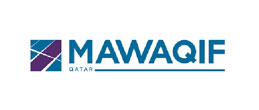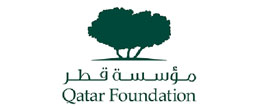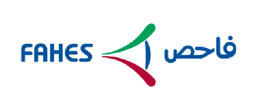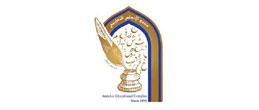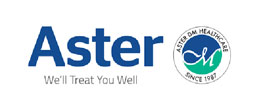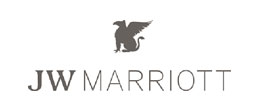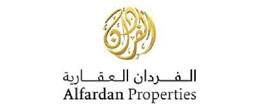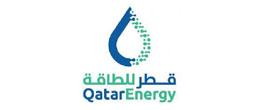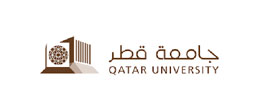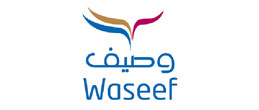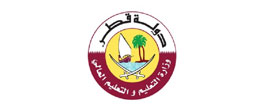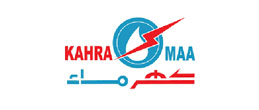Our Services
Environmental Monitoring Services.
Spring International takes great pride in its exceptional team of professionals and the strong support from our trusted manufacturers. In our commitment to environmental preservation and safeguarding against natural disasters, we offer a diverse range of equipment options, including multi gas detectors,Indoor Airquality monitors,Ambient Airquality Monitoring Instruments,Noise Monitoring instruments,Stack monitoring instruments, leak detection systems, moisture analyzers, and dew point measurement devices..etc. As a company operating in the Middle East, we distinguish ourselves by delivering these services with cutting-edge technologies and unwavering dedication to high-quality standards.
Ambient Air Quality Monitoring Services (AAQM)
“Ambient air quality monitoring service refers to the systematic and continuous monitoring of the quality of air in the surrounding environment. It involves the measurement and analysis of various pollutants present in the air, such as particulate matter (PM), nitrogen dioxide (NO2), sulfur dioxide (SO2), carbon monoxide (CO), ozone (O3), and volatile organic compounds (VOCs).
The purpose of ambient air quality monitoring is to assess the level of air pollution and its impact on human health and the environment. Monitoring stations are strategically placed in different locations to collect data on air quality parameters over time. This data is then analyzed to evaluate air pollution trends, identify pollution sources, and assess compliance with air quality standards and regulations.
Ambient air quality monitoring services are typically provided by government agencies, environmental organizations, and specialized companies. These services play a crucial role in generating accurate and reliable data for decision-making, policy development, and implementing effective measures to improve air quality and protect public health.”
Indoor Airquality Monitoring Services (IAQ)
“Indoor air quality (IAQ) monitoring services involve the assessment and evaluation of the quality of air within enclosed spaces such as homes, offices, schools, and other indoor environments. The aim is to measure and analyze various factors that can affect the air quality indoors and potentially impact human health and well-being.
IAQ monitoring typically involves the measurement and analysis of parameters such as temperature, humidity, carbon dioxide (CO2) levels, volatile organic compounds (VOCs), particulate matter (PM), and other potential indoor air pollutants. Monitoring equipment, such as sensors and detectors, are used to collect data over a specific period of time.
The purpose of IAQ monitoring services is to identify and quantify potential indoor air pollutants, assess their levels, and compare them against established guidelines and standards. By monitoring IAQ, it becomes possible to identify sources of pollution, evaluate ventilation systems, identify areas of concern, and implement appropriate measures to improve indoor air quality.
IAQ monitoring services are typically provided by environmental consultants, indoor air quality specialists, or companies specializing in air quality assessment. The data collected through IAQ monitoring helps individuals, businesses, and organizations make informed decisions regarding building design, ventilation systems, pollutant control, and overall occupant health and comfort.”
Noise Monitoring Services
“Noise monitoring services involve the measurement and assessment of sound levels in various environments to evaluate and manage noise pollution. These services aim to gather accurate data on noise levels, identify sources of excessive noise, and assess compliance with applicable regulations and guidelines.
Noise monitoring typically involves the use of specialized equipment such as sound level meters or noise dosimeters. These devices measure sound pressure levels (SPL) in decibels (dB) and can capture data over specific time periods or continuously.
The objectives of noise monitoring services include:
Assessing Environmental Noise: Monitoring noise levels in residential areas, industrial sites, construction sites, or other environments to evaluate their impact on nearby communities and determine compliance with noise regulations.
Workplace Noise Assessment: Evaluating noise levels in occupational settings to ensure they adhere to occupational health and safety standards and protect workers from potential noise-related hazards.
Noise Impact Studies: Conducting assessments to determine the potential impact of proposed developments or infrastructure projects on the surrounding noise environment.
Community Noise Studies: Monitoring noise levels in public spaces, transportation hubs, or entertainment venues to understand and address community concerns related to noise pollution.
Noise Control and Mitigation: Identifying sources of excessive noise and implementing appropriate measures to control or reduce noise levels, such as engineering controls, soundproofing, or operational changes.
Noise monitoring services are typically provided by specialized companies, environmental consultants, or acoustic experts. The collected data helps stakeholders make informed decisions about noise control measures, regulatory compliance, and the overall management of noise pollution to protect public health and enhance the quality of living and working environments.”
Laboratory And Analytical Solutions
We offer precision instruments and services for many applications in research and development, quality control, production, medical, clinical diagnostics, logistics and retail to customers around the world. Our precision instruments are the foundation of research and quality control labs all over the world. High-performance solutions offer a basis for solid R&D results. Quality control relies on fast and precise analytical measurement as well as good data management. Our analytical balances, titrators, pH meters, density meters, refractometers, melting point meters, pipettes, HPLC, UHPLC, Preparative HPLC, Osmometer, Atomic Absorption Spectrophotometer, Atomic Fluorescence Spectrophotometer, Automatic Liquid Handling System, Ion Chromatographs, TOC Analyzers, Fraction Collectors, etc., can be tailored to each customer’s application and provide a fully documented workflow for every quality control lab. We offer the following solutions:
Thermal Imaging Services
Thermography, including infrared thermography (IRT), thermal imaging, and thermal video, is a thermal imaging science used for multiple applications. The technique uses thermographic cameras to detect radiation in the long-infrared range of the electromagnetic spectrum (around 9,000–14,000 nanometers or 9–14 µm) and produces images of this thermal radiation, known as thermograms.
Water Leak detection Service
“Water leak detection services involve the identification and detection of leaks in water supply systems, plumbing networks, and other water-related infrastructure. These services aim to identify and locate leaks promptly to minimize water loss, prevent property damage, and conserve water resources.
Water leak detection services typically include the following steps:
Inspection: Trained professionals conduct a thorough inspection of the water supply system, including pipes, fixtures, valves, and other components. They may use specialized equipment such as moisture meters, acoustic devices, or thermal imaging cameras to aid in the detection process.
Non-Intrusive Leak Detection: Advanced techniques, such as acoustic leak detection, are employed to identify leaks without the need for extensive excavation or disruption. These methods involve listening for sound anomalies or vibrations that indicate the presence of a leak.
Data Analysis: The collected data from inspections and leak detection equipment is analyzed to pinpoint the exact location and severity of the leak. This information helps prioritize repairs and maintenance actions.
Reporting and Repair Recommendations: A detailed report is provided, outlining the findings, including the location of leaks, their potential impact, and recommendations for repair or remediation.”
Micro Biology Analysis
Microbiological analysis covers the use of biological, biochemical or chemical methods for the detection, identification or enumeration of microorganisms. It is often applied to disease causing and spoilage microorganisms.
Water Quality testing
Water quality tests will give information about the health of the waterway. By testing water over a period of time, the change in the quality of the water can be seen. Parameters that may be tested include temperature, pH, turbidity, salinity, nitrates and phosphates.
